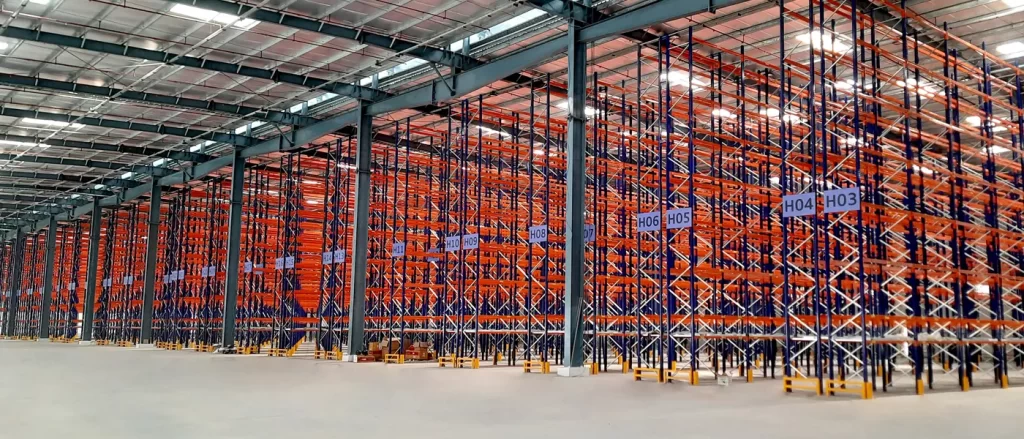Warehouse optimization through pallet rack installation and layout design is a critical component of efficient and cost-effective supply chain management. Warehouses serve as the backbone of any distribution system, and their design can greatly impact the overall productivity, space utilization, and operational efficiency of a business. In this article, we will explore the importance of pallet rack installation and layout design in warehouse optimization. Pallet racks are essential in maximizing vertical storage space within a warehouse. They provide a structured system for storing goods on pallets, allowing for easy access and efficient space utilization. By strategically installing pallet racks, businesses can significantly increase their storage capacity while minimizing the need for additional warehouse space. The first step in warehouse optimization through pallet rack installation is to assess the specific needs of the business. This includes understanding the type of products being stored, their dimensions, weight, and turnover rates. It is also important to consider factors like temperature requirements, accessibility, and safety regulations. With this information, businesses can choose the right type of pallet racks, such as selective, drive-in, push-back, or pallet flow racks, to best meet their needs.
Once the appropriate pallet rack system is selected, it is crucial to design an efficient layout for the warehouse. The layout should take into account the flow of goods, order picking processes, and the movement of materials within the warehouse. A well-designed layout minimizes travel time for workers, reduces the risk of accidents, and enhances overall productivity.

Aisle width – Determining the optimal width for aisles between rack rows is critical. Narrower aisles maximize storage space but may require specialized equipment like narrow-aisle forklifts. Wider aisles make it easier for workers to maneuver, but they reduce storage capacity and go now.
Product placement – High-demand items should be placed closer to the shipping area for easy access, while slower-moving products can be stored further away. This strategy reduces order fulfillment times.
Safety measures – Adequate safety measures, such as clear aisle markings, guardrails, and fire prevention systems, should be incorporated into the design to ensure a secure working environment.
FIFO vs. LIFO – The choice between the first-in, first-out FIFO and last-in, first-out LIFO inventory management methods can influence rack layout. FIFO is suitable for perishable goods, while LIFO may be better for non-perishable items.
Future scalability – Consider the potential for expansion when designing the layout. Warehouse layouts should be flexible and adaptable to accommodate future growth.
Efficient pallet rack installation and layout design can lead to various benefits, including increased storage capacity, reduced operational costs, improved order fulfillment times, and enhanced overall productivity. It also helps in maintaining an organized and safe warehouse environment, reducing the risk of accidents and damage to goods. By selecting the right pallet rack systems and designing an efficient layout, businesses can make the most of their available warehouse space, leading to cost savings and improved operational efficiency. Furthermore, a well-optimized warehouse can better meet customer demand and provide a competitive edge in today’s fast-paced business environment.

